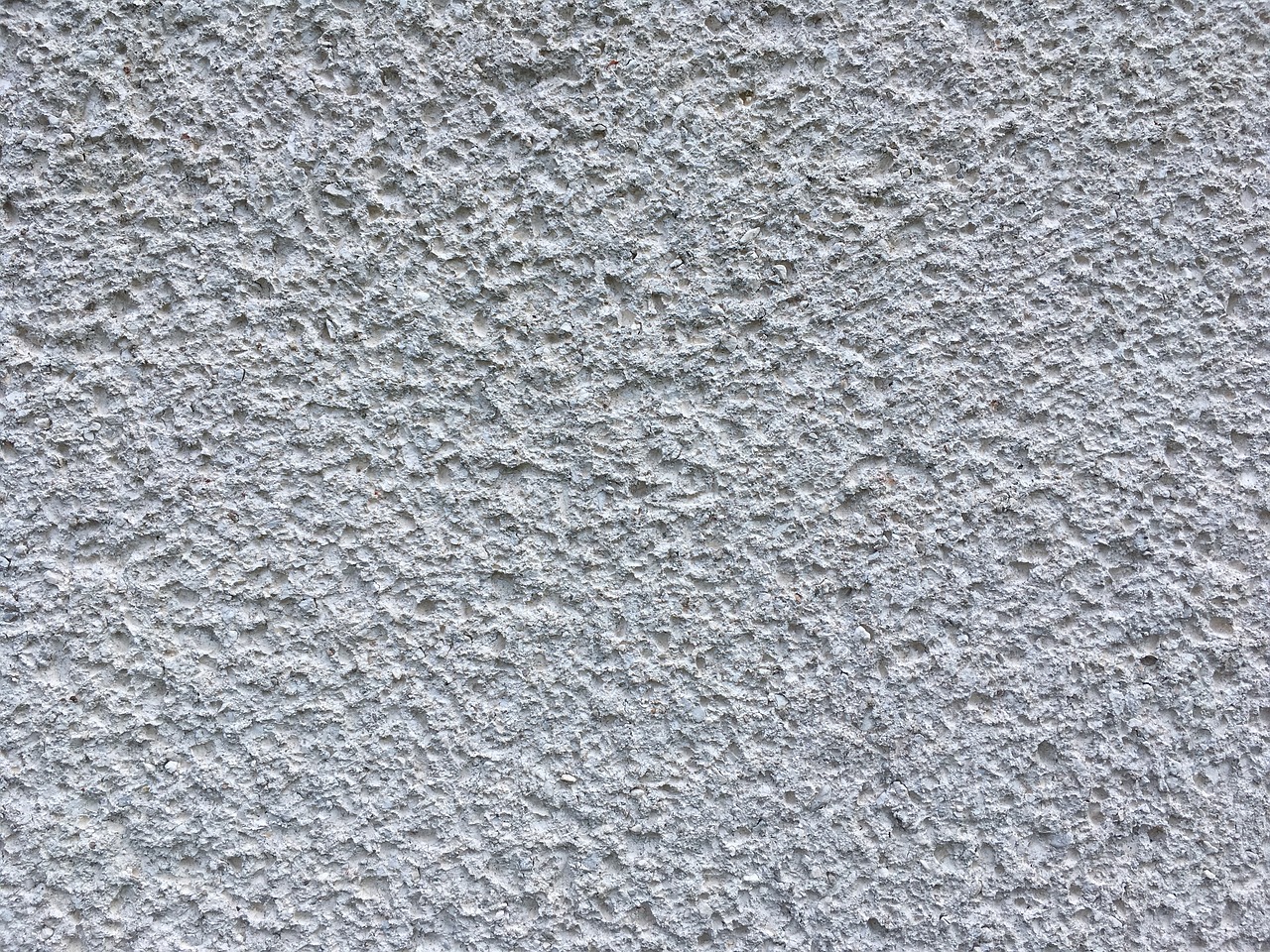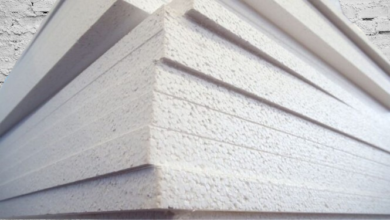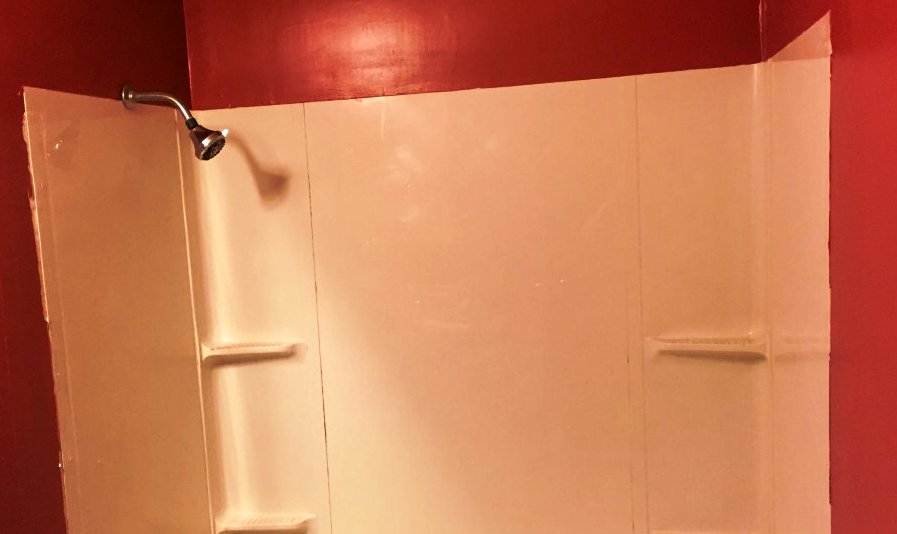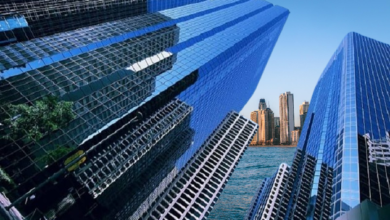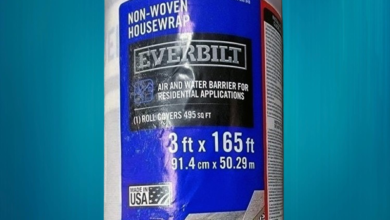Can You Install Tyvek Over DensGlass? (A Step-by-Step Guide)
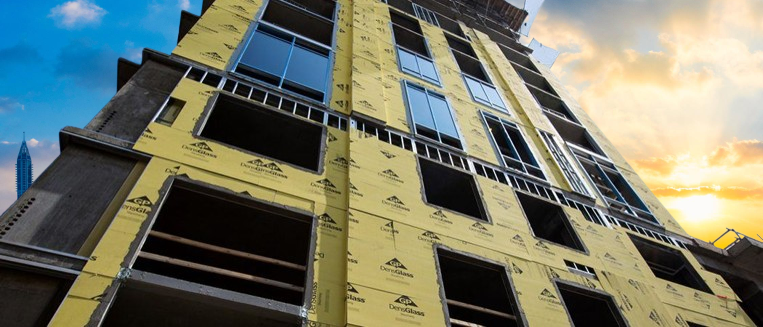
For more than thirty years, DensGlass has been the best sheathing product on the market. This fiberglass mat gypsum sheathing is fire-resistant, long-lasting, and structurally sound.
DensGlass sheathing works incredibly well as an insulating substrate for other building materials.
Some property owners, however, yearn for increased air and moisture protection. For this reason, they might install Tyvek house wraps over DensGlass.
If you fall into this category, the following guide will discuss the advantages of combining Tyvek and DensGlass as well as whether Tyvek should always be used first.
Tyvek is typically preferred over wood frame sheathing because of how quickly it absorbs moisture. But Tyvek can be installed over other substrates as well. As an additional layer of protection against moisture and air, Tyvek can be put over DensGlass.
You can be sure that no moisture will seep through the joints and into the interior of the building when Tyvek is used over DensGlass.
Prior to providing you with a brief installation guide for Tyvek over DensGlass, let’s examine additional advantages of utilizing these products in tandem.
What Advantages Does Tyvek Offer Compared To DensGlass?
The following advantages come from covering DensGlass with Tyvek, a house wrap made by DuPont:
- Tyvek Closes DensGlass to Air Movement
Installing Tyvek over DensGlass creates an extra layer of air barrier protection. Tyvek helps DensGlass operate closer to its R-value, enhancing insulation and energy efficiency by reducing air movement through your walls.
- Tyvek Expands DensGlass’s Moisture-Resistance Capabilities
DensGlass is water resistant on its own. It can, however, only tolerate a 12-month exposure to moisture.
The moisture resistance of DensGlass is greatly enhanced when Tyvek home wrap is applied on top of it. That being said, residents of places with heavy and frequent rainfall are more likely to be drawn to this advantage.
- Tyvek Permits DensGlass to Breathe
Whether it is composed of wood, fiberglass gypsum, or both, sheathing needs to breathe. The common misconception is that DensGlass doesn’t require breathing simply because it keeps out water.
This will cause moisture to build up on top of the gypsum sheathing and cause it to weaken. You can cover it with some breathable Tyvek to prevent that.
- Tyvek shields employees from DensGlass’s fiberglass
According to the manufacturer’s description, DensGlass sheathing is a fiberglass gypsum mat. Although fiberglass is a useful building material, touching or breathing it in can have some unfavorable effects.
You can wrap the DensGlass with some Tyvek to make sure the fiberglass doesn’t escape into the air.
How Can Tyvek Be Installed Over DensGlass?
- Step 1: Assemble Necessary Equipment
The only tools required to install Tyvek over DensGlass are scissors, contractor’s tape, a stapler, and some Tyvek. You can also enlist the assistance of a third party. This ought to expedite the installation procedure.
- Step 2: Open the Tyvek onto a DensGlass Sheathing Piece
Tyvek is frequently delivered in bundles. Make sure the unrolled portion of Tyvek reaches the bottom. You might even wish to cover the bottom with extra Tyvek.
- Step 3: Begin attaching the Tyvek to the DensGlass with staples
This ought to be quite simple. Stapled the Tyvek in place with your preferred staple gun. Work your way through to the end, starting at the edges.
- Step 4: Overlap to Join Tyvek Pieces
For best results, it’s a good idea to overlap the Tyvek pieces as you will need to join multiple of them. If you choose to merge them without an overlap, you will need to tape the seams. You can only be sure that moisture won’t get near the DensGlass sheathing in that way.
Overlaying the Tyvek pieces is the installation technique that is most advised. Ideally, there should be a six to ten inch overlap.
- Step 5: Tape the seams.
There will be some seams even when the Tyvek is overlapped. To guarantee that the project is completely covered, these seams need to be taped.
DuPont also offers a unique Tyvek tape for sale. This needs to be purchased at the same time as the Tyvek. After taping every seam, move on to the final step.
- Step 6: Remove the Windows and Doors
Usually, during installation, people make the mistake of cutting the window and door openings. After putting the Tyvek over DensGlass, this is the last thing that needs to be done.
Once house wrap has been applied to the entire DensGlass sheathing, score a large X across the windows. Using tape and staples, affix the edges of each component by folding it inward.
Please cut a capital “I” for the door. Continue by adding staples and tape to make sure it fits securely. After that, your Tyvek over DensGlass installation will be complete.
Now that you are aware of the advantages of using Tyvek instead of DensGlass, let’s take a closer look at these two products.
Is it better to place Tyvek over or under DensGlass sheathing?
Generally, Tyvek house wrap is applied on top of DensGlass sheathing. You can only take advantage of all the advantages I mentioned earlier in that manner. But not every situation is the same. It might be useful to use it under DensGlass as well.
One advantage of installing Tyvek on the interior side or beneath DensGlass sheathing is that it acts as an air barrier. It will let moisture out of the DensGlass and allow it to breathe.
Additionally, it will protect the workers from fiberglass contamination. Forget about water protection, which is typically the primary motivation behind house wrap installation.
If you plan to use Tyvek, is it necessary to tape DensGlass?
Assume for the moment that you are installing Tyvek right after DensGlass. You can ignore the need to tape the DensGlass in this situation. If DensGlass is the only air barrier being used, most people tape it.
But in this instance, you have the superb air barrier Tyvek. When installed, it will keep air from escaping the sheathing, providing sufficient protection for your property.
Additionally, when taped over DensGlass, most tapes don’t usually last very long. Tyvek is the best choice for handling air barriers because its tape sticks better and lasts longer.
Which Other Water and Air Barriers Can Be Covered by DensGlass?
It is evident from the above guide that DensGlass is the perfect substrate for Tyvek. But if you want to cover this sheathing, are there no other water or air barriers that you can use? There are a few, which consist of;
- Grace Perm-A-Barrier and TremCo ExoAir are two examples of liquid vapor barriers that DensGlass sticks to nicely.
- Synthetic coverings, such as MetroWrap.
- Feel or coatings made of asphalt.
- Membranes for water drainage, such as DELTA-DRY.
- Membranes that stick to themselves.
You should be aware that DensGlass is compatible with these options if you wish to investigate them.
Does DensGlass Require A Tyvek-Style Vapor Barrier?
You might wonder why DensGlass needs another vapor barrier like Tyvek since it is also water-resistant. The solution is rather straightforward.
A double vapor barrier is created when DensGlass and Tyvek are used together. If you live somewhere with a lot of humidity or rain, having two vapor barriers will help keep your building safer from mold growth and water damage.
DensGlass sheathing can be used on its own, but having an additional vapor barrier gives you the assurance that you are completely shielded from moisture damage.
Remember that DensGlass can only tolerate moisture exposure for a period of 12 months. From then on, it will have no protection.
When installed over DensGlass, will Tyvek lead to mold growth?
On the other hand, when applied over DensGlass, Tyvek will completely prevent mold growth. No water will be trapped in between because the sheathing will be able to breathe while keeping moisture from passing through. Consequently, no mold will cover it.

